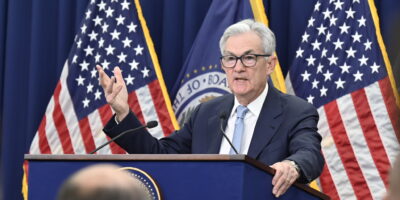Lawrence H. White – The Clash of Economic Ideas
George Mason University economist Lawrence H. White is writing a book on The Clash of Economic Ideas. Last summer he gave a lecture, published as a video by New Media, in which he briefly presents the outline of the book, before going more in-depth through one of the chapters, analyzing the differing views among economists on the Roaring 1920s. White provides a largely Austrian explanation of the causes of the Great Crash of 1929 and the onset of the Great Depression, emphasizing how the Fed spawned a credit bubble by keeping interest rates too low during the boom years of the 20s.
White cites Paul Krugman (2007):
“But classical economics offered neither explanations nor solutions for the Great Depression. By the middle of the 1930s, the challenges to orthodoxy could no longer be contained.”
In this, Krugman echoes the claims by British economist John Maynard Keynes that all economists before his General Theory (1936) were “classical” and that they did not have any explanations of the business cycle. Both claims are easily dismissed by even a cursory reading of the history of economic thought. Classical economics was replaced by neoclassical economics with the marginal revolution of the 1870s. Furthermore, several economists before Keynes had theories of the business cycle, not the least David Ricardo and his Currency school followers in the early 1800s, and the Austrian economists Ludwig von Mises and Friedrich Hayek in the 1920s and 1930s. The Austrians were in fact able to predict the coming crash, something which eluded both Keynes and the American monetary economist Irving Fisher.
Larry White gives a presentation of the Austrian theory of the business cycle, drawing upon Austrian “macro-economist” Roger Garrison. All slides used for this presentation are published along with the video lecture.
Lawrence H. White
The Clash of Economic Ideas
Video Lecture
New Media, 2009







